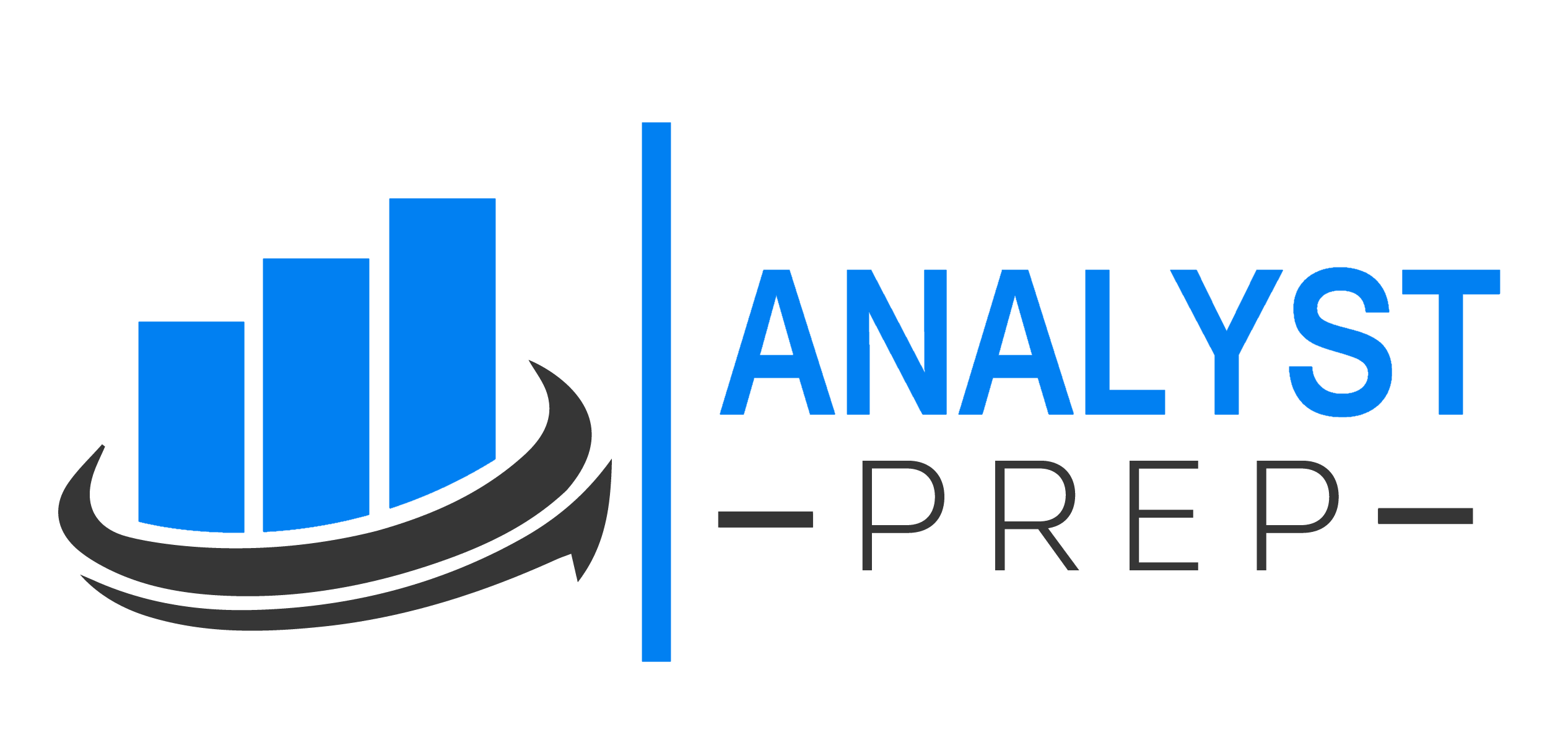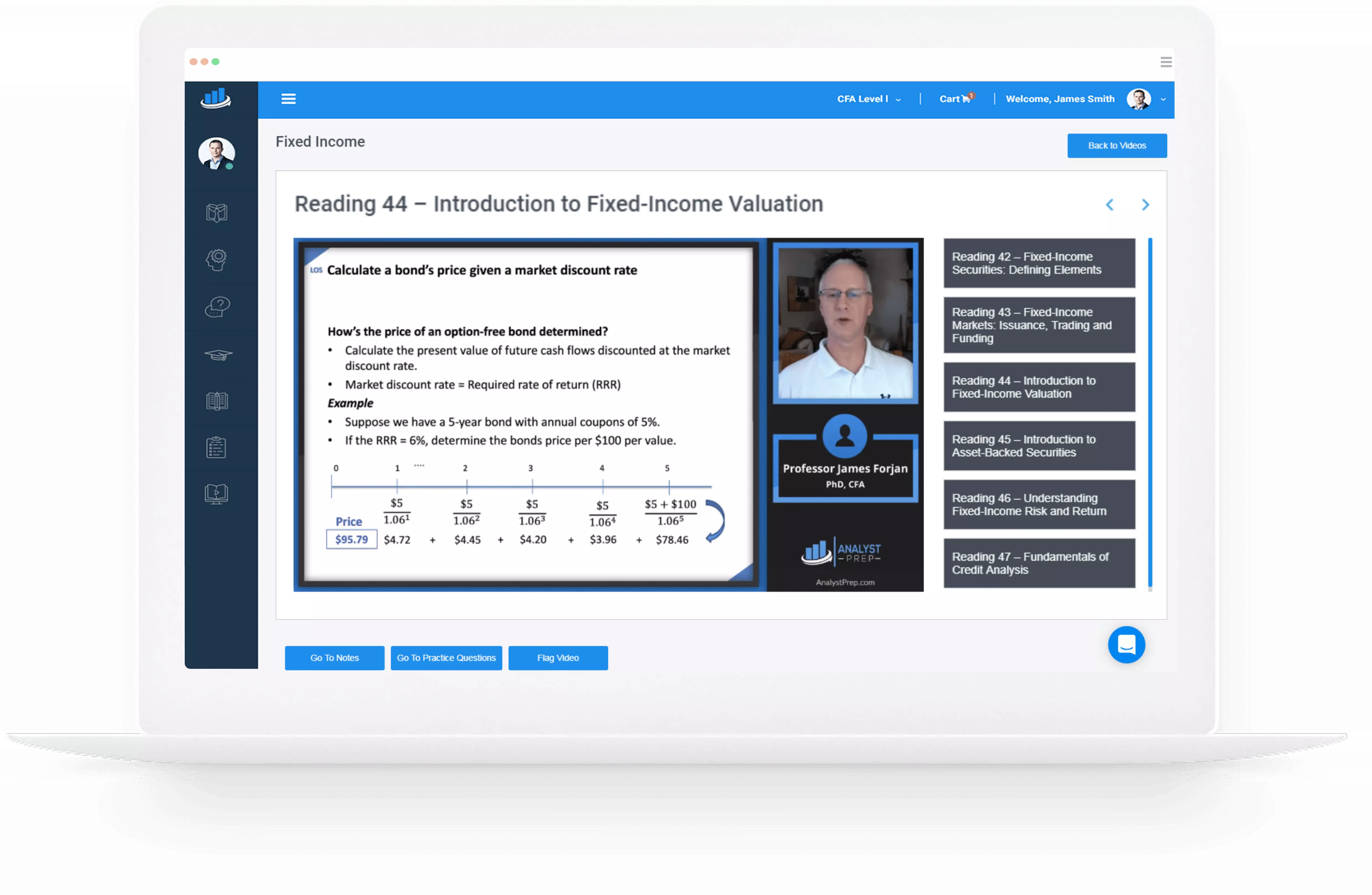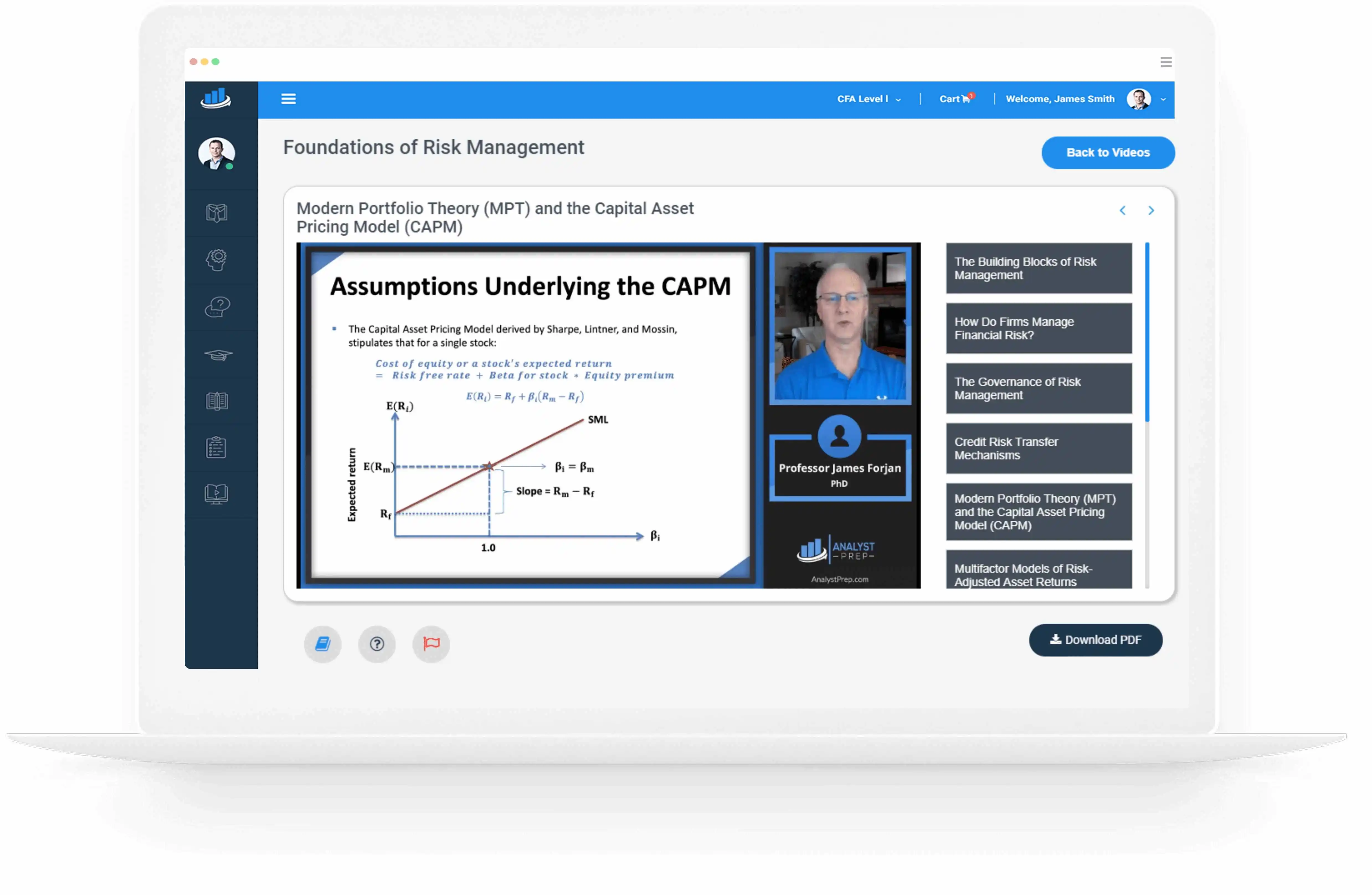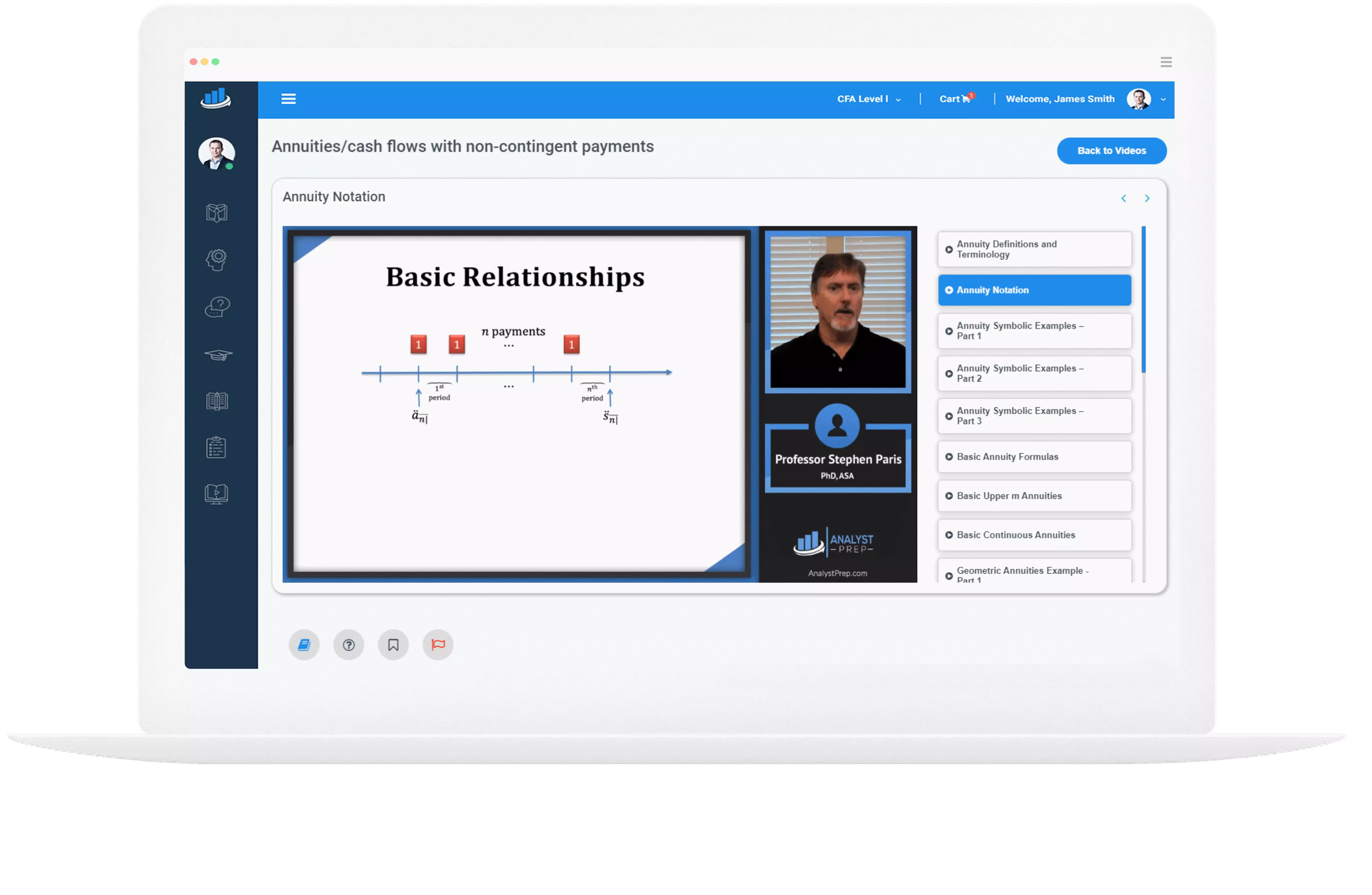Portfolio Construction
Portfolio construction can be perceived as an optimization problem, consisting of an objective function and a set of constraints. The objective function outlines the desired goal, such as maximizing a risk-adjusted return. Constraints, on the other hand, limit the actions…
Active Share and Risk
Active Share and Active Risk Active Share and active risk are two key metrics used to assess a portfolio manager’s performance against their chosen benchmark. They provide insights into the level of security concentration and the absolute or relative…
Active Management
Active Management and Active Return Active management is a strategy employed by investors with the goal of generating portfolio returns that surpass the benchmark returns, once all costs are accounted for, at an acceptable level of risk. The surplus return,…
Investment Style
Investment Style Classification Process The investment style classification process is a method used to categorize the stock universe into distinct groups. These groups are formed based on the similarity of characteristics among the stocks. For instance, stocks like Apple and…
Quantitative Investing
Quantitative investing, also known as systematic or rules-based investing, is a structured investment process that starts with a hypothesis. For instance, an investor might hypothesize that companies with low price-to-earnings ratios outperform the market. To test this, the investor…
Active Management
Active management is a strategy that involves making investment decisions in an attempt to outperform a specific benchmark index. Fund managers often employ this strategy, using their skills and proprietary data to add value at different stages of the investment…
Statistical Arbitrage
Active portfolio management involves various strategies to outperform the market benchmark. Two unique strategies are statistical arbitrage and event-driven strategies. These strategies heavily rely on quantitative data and are implemented systematically, but also incorporate the fund manager’s judgment. Statistical Arbitrage…
Activist Investors
Activist Investors Activist investors are a unique class of investors who acquire stakes in publicly traded companies with the intention of advocating for changes that will enhance their investment returns. They may seek representation on the company’s board of directors…
Big Data
Big data, a term that encapsulates extremely large datasets, can be either structured or unstructured. Structured data, such as traditional financial statements and market data, is organized in a predefined manner, making it easy to comprehend. On the other hand,…
Value Investing.
In the field of quantitative investing, factors, also known as signals, play a pivotal role. These factors, traditionally rooted in the fundamental attributes of the companies in question, are the subject of extensive study by quantitative managers. However, a recent…




